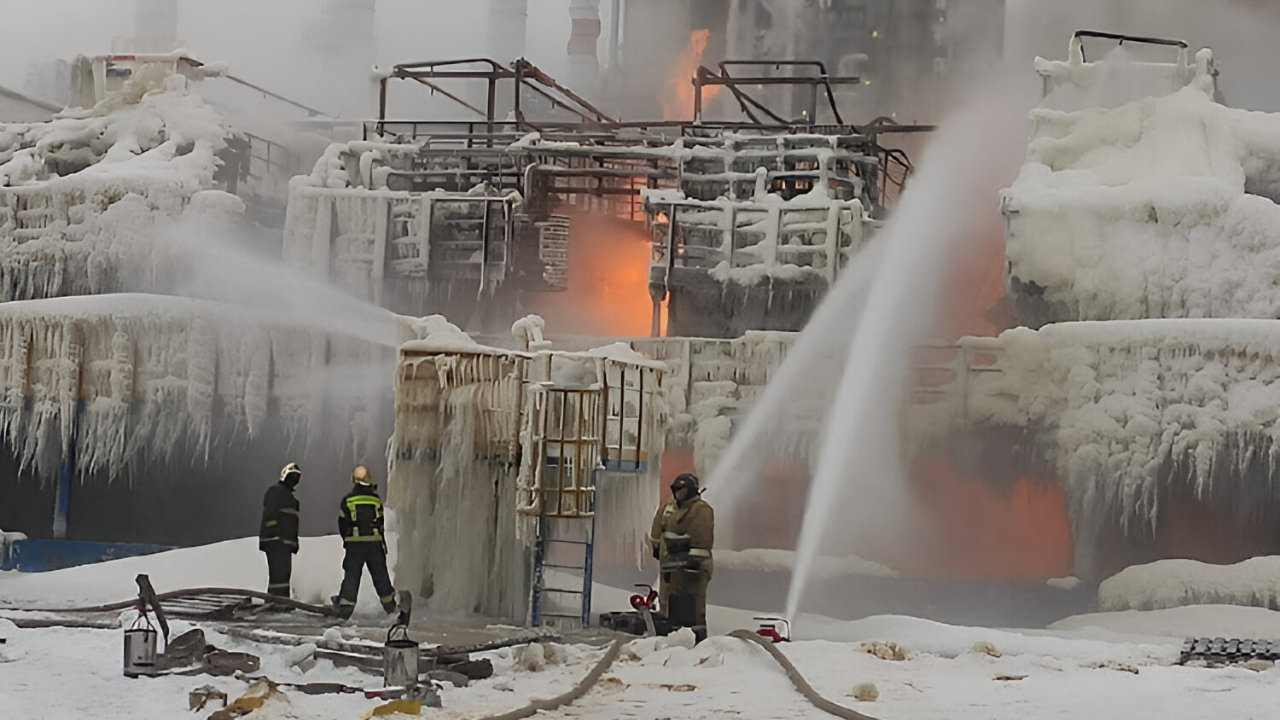
On Oct. 19, 2025, Ukrainian drones struck Russia’s Orenburg gas processing plant, igniting a major fire. Flames broke out in a workshop section of the facility, roughly 1,700 km inside Russia.
Regional governor Yevgeny Solntsev said the plant was partially damaged but that there were “no casualties among workers”. The assault hinted at wider fallout.
Kazakhstan’s Gas Supplies Cut
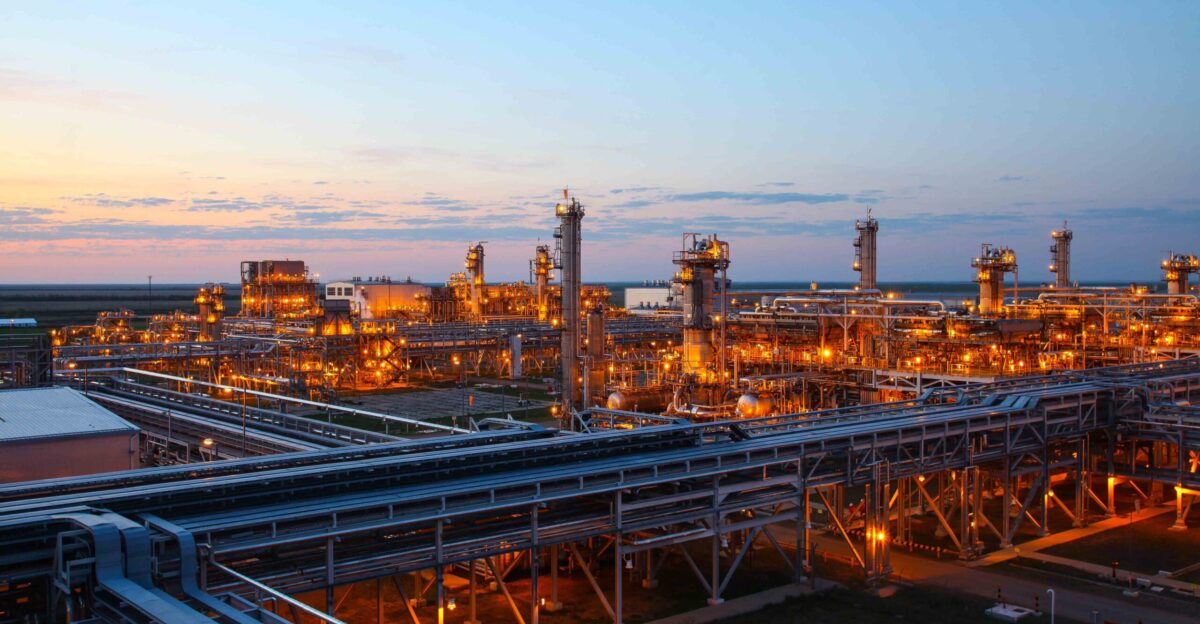
Within hours, Kazakhstan’s energy ministry said Gazprom had halted Karachaganak field gas intake, forcing Kazakh production down ~25–30%. Output plunged from about 35,000 tons to 25,000–28,000 tons per day.
The sudden curbs – triggered by Orenburg’s damage – turned a bilateral border clash into a regional energy crunch.
Soviet-Era Energy Hub
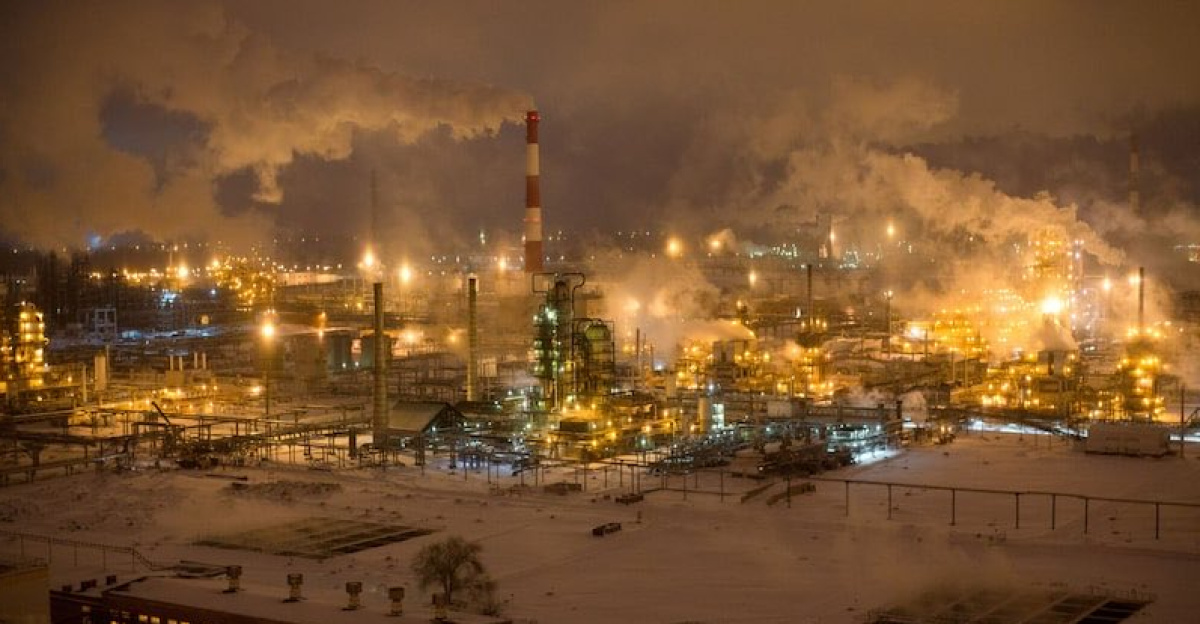
The Orenburg complex is a Cold-War legacy and a linchpin of regional energy. It is “one of the world’s largest of its kind” with ~45 billion m³ annual capacity.
Operated by Gazprom, it refines condensate from Russia’s Orenburg oil-and-gas fields and Kazakhstan’s giant Karachaganak field. Its pipelines link Caspian gas into the broader Russian and European markets.
Escalation of Energy Campaign
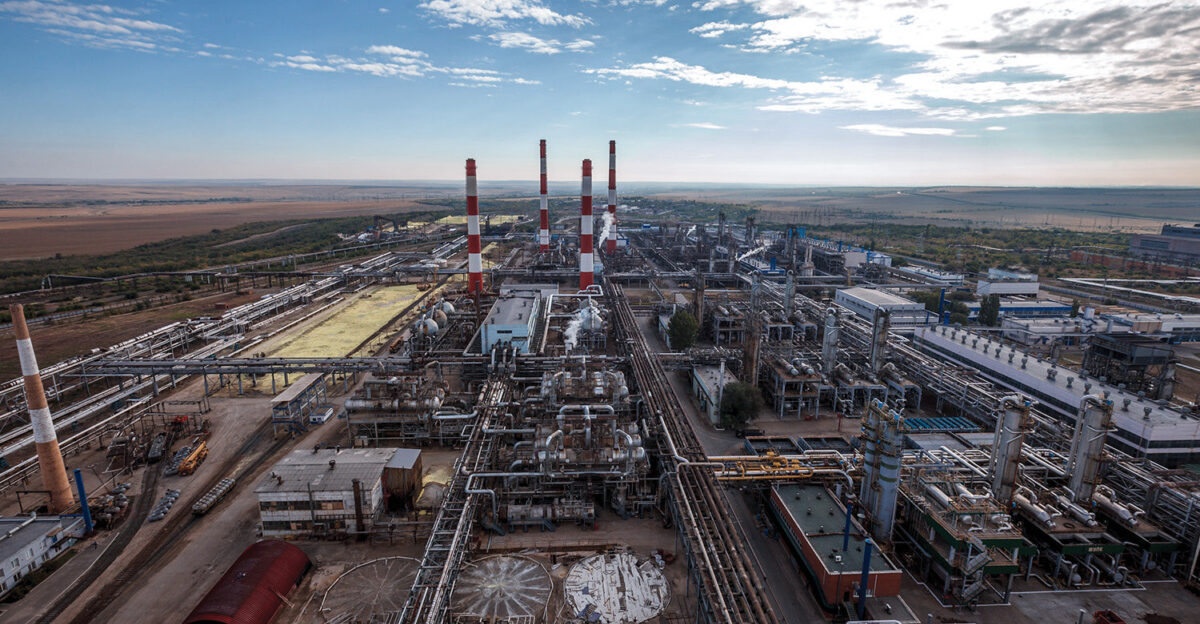
Observers note Ukraine has steadily intensified strikes on Russian energy targets. Analyst Volodymyr Fesenko said Kyiv “identified a weak spot and methodically hit it”.
Reuters reports Kiev “stepped up its attacks on Russian refineries and other energy facilities since August”. Dozens of drone missions have since struck sites in Saratov, Volgograd and other deep rear areas.
Record-Breaking Strike Range
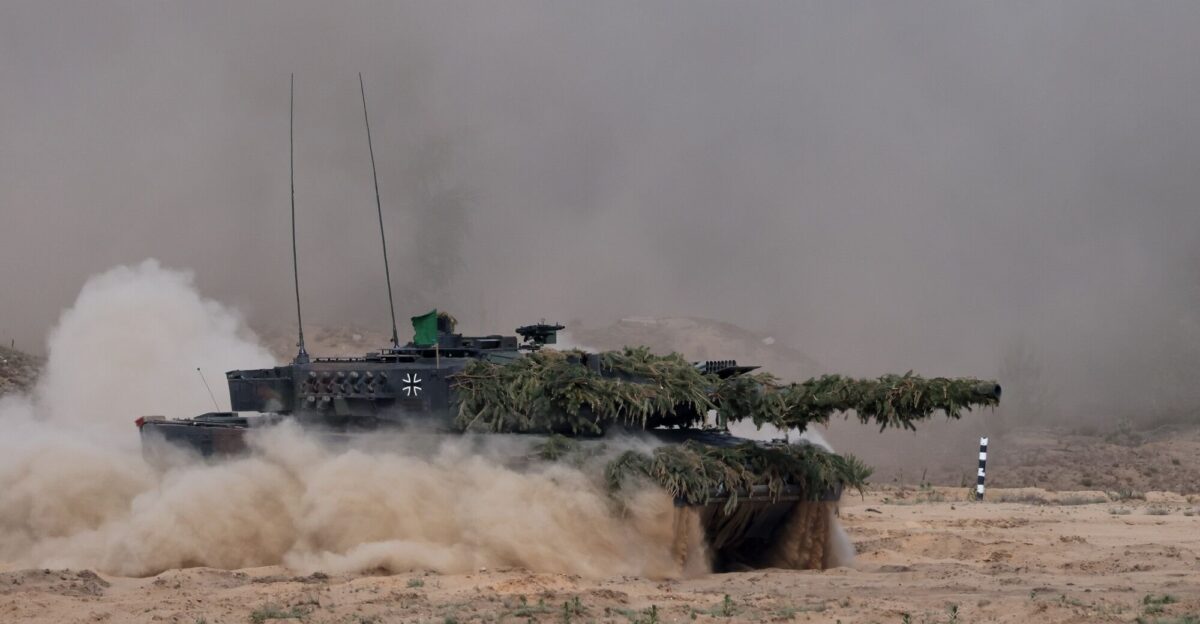
Crucially, this Orenburg strike set a range record. The plant lies about 1,700 km east of Ukraine’s border. No previous Ukrainian strike had reached so far into Russian territory.
This, far beyond front-line distances, underscores a major leap in Ukrainian drone reach and navigation.
Impact on Kazakh Operations
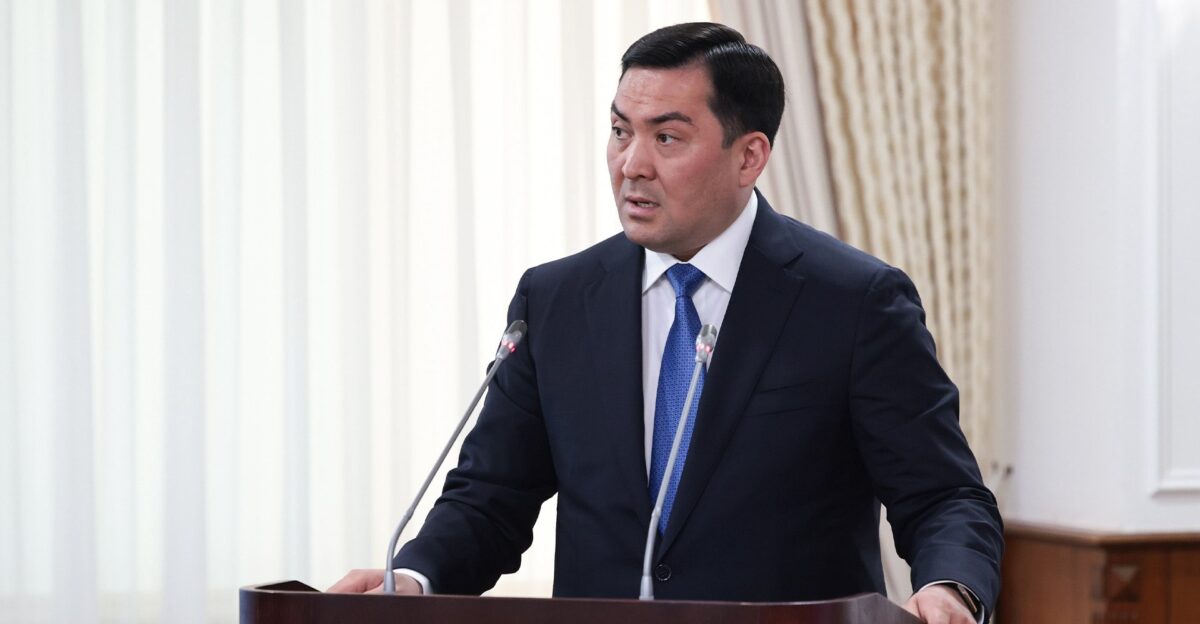
Kazakh officials reported acute disruption at Karachaganak. Energy minister Erlan Akkenzhenov said output was cut by 8,500–9,000 tons/day, aiming to restore normal output “within days”.
The field (run by a consortium including Chevron and Shell) suddenly had no outlet for its associated gas, forcing flaring or storage decisions. The episode exposed Kazakhstan’s dependence on Russian transit infrastructure.
Zelensky’s “Economic Sanctions” Frame

President Volodymyr Zelenskyy hailed the strikes as strategic pressure. He told Al Jazeera the attacks showed “an increase both in the range and in the accuracy of our long-range sanctions against Russia”. He added: “Practically every day or two, Russian oil refineries are being hit… and this contributes to bringing Russia back to reality.”
Kyiv casts these strikes not as random terror but as “sanctions that work,” aimed at drying up Moscow’s revenue streams.
Central Asia Seeks New Routes
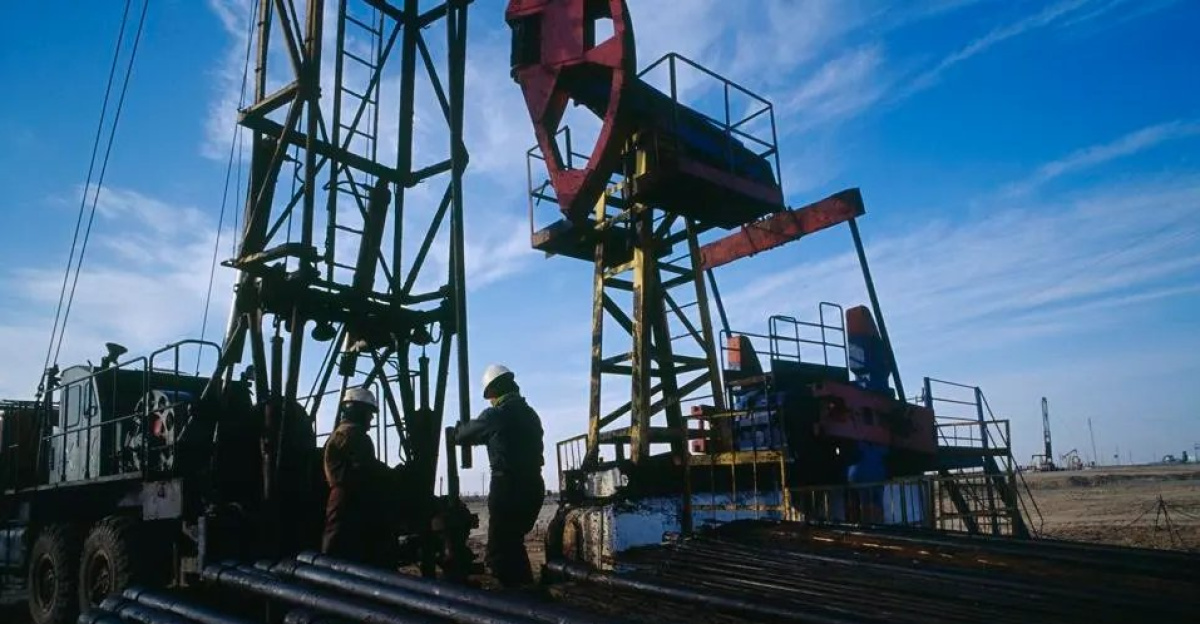
The Orenburg incident may accelerate Kazakhstan’s energy diversification. Astana has long eyed pipelines and ports outside Russia, and experts say plans will be fast-tracked. Kazakhstan is reportedly expanding Trans-Caspian routes via Azerbaijan and Georgia with EU/World Bank backing.
In the short term, Kazakh domestic gas supplies remain unchanged, but markets will watch if Moscow struggles to ship or process Central Asian gas.
Choking Russia’s Fuel Lines
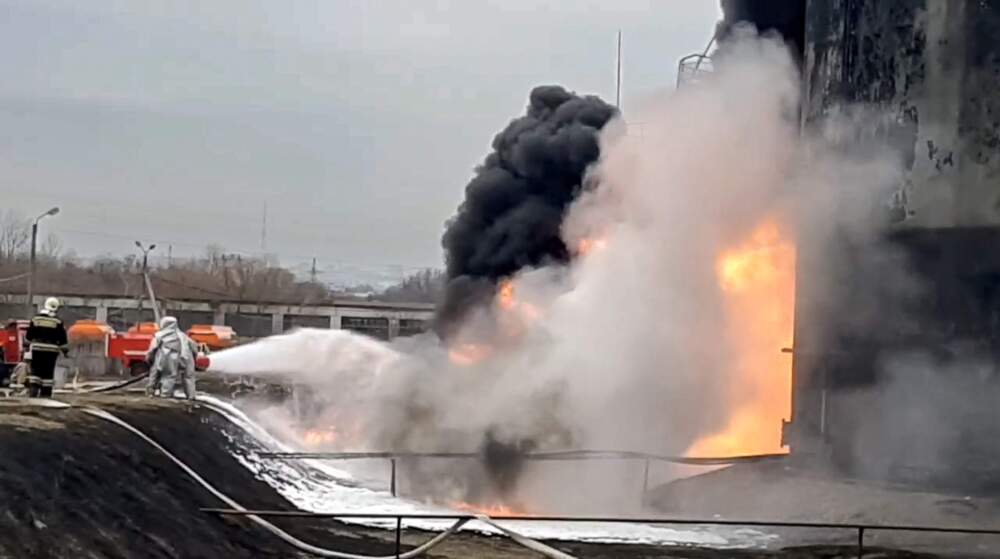
Analysts see a clear pattern: Ukraine strikes far-flung, high-value energy hubs to max out economic pain. At least 58 long-range attacks have hit refineries, pipelines, and depots since August, reaching up to ~2,000 km into Russia.
Open-source analysts estimate these raids have taken roughly 10–15% of Russia’s refinery capacity offline. Each successful deep strike incrementally cripples Moscow’s fuel production and export income.
Workshop Blaze vs. Core Damage
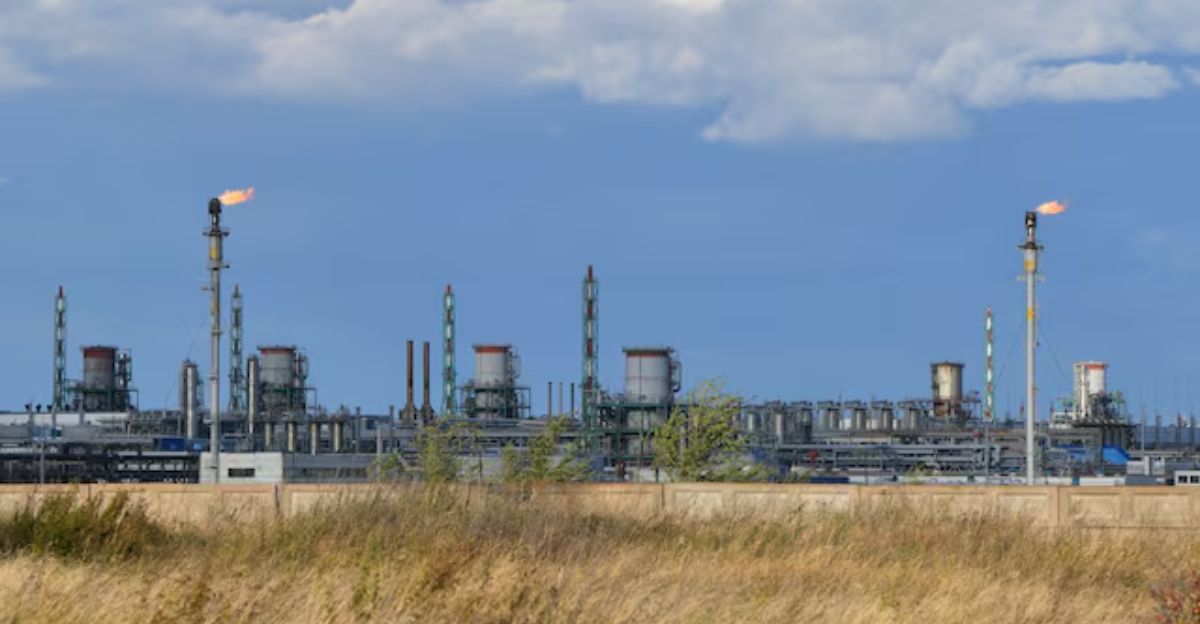
Russian officials and Kyiv tell different stories. Governor Solntsev stressed the fire was confined to a workshop section, implying limited harm. But Ukraine’s General Staff claimed a “large-scale fire” and said a gas processing unit was hit.
Here are the dueling narratives: facts remain murky, and each side spins the outcome to its advantage.
Gazprom Under Pressure
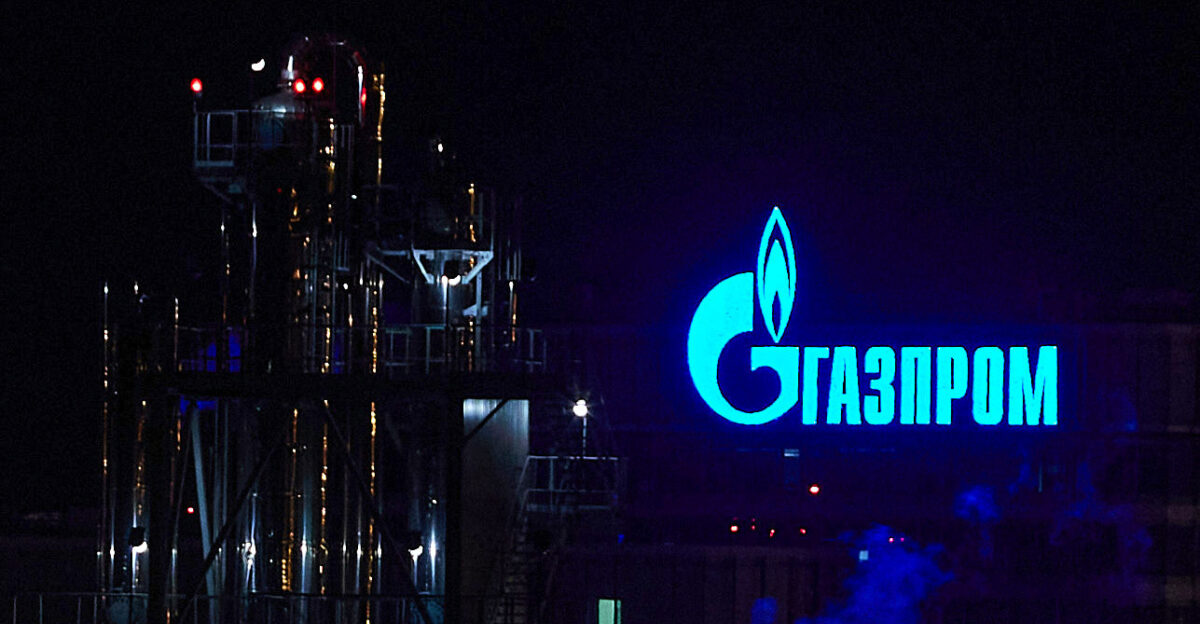
Gazprom was left scrambling. Russian energy spokesmen have given no repair timetable. Kazakhstan’s ministry said Gazprom “notified” them of an emergency but provided no damage details or timeline.
With no clear restoration plan, Kazakh operators and Gazprom faced intense scrutiny. This public silence – especially after promises of plant security – highlights how the strike embarrassed Russian energy officials.
Workers Safe; Rumors Squashed

Despite sensational videos, officials confirmed no injuries. Both Governor Solntsev and media reports insisted there were “no casualties among workers”. Emergency crews contained the workshop fire without evacuating staff.
Early rumors of mass evacuations or worse (even “1000 workers evacuated”) were debunked. The consensus: this was an infrastructure hit, not a human tragedy – at least physically – which shifts focus to longer-term effects.
Uncertain Repair Timeline
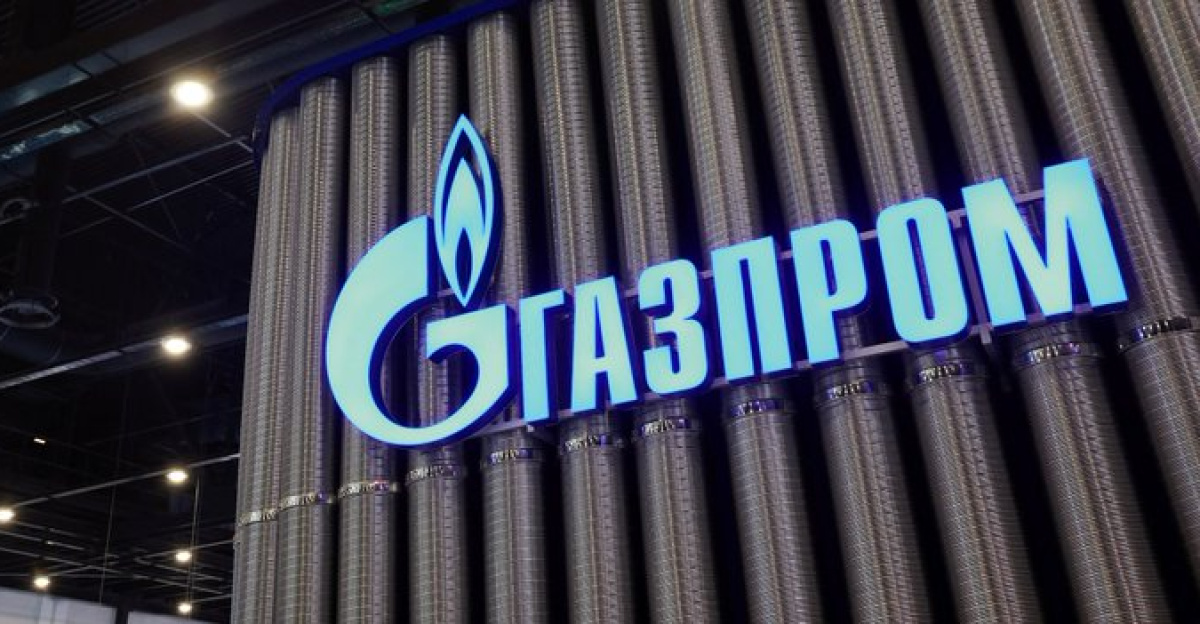
Experts warn that repairing fire-damaged processing gear is slow, especially under sanctions. Key components (often sourced from abroad) may be hard to obtain. Some analysts say parts could take weeks or months to replace.
Gazprom hinted it might resume some gas intake soon, but gave no firm date. Meanwhile, Karachaganak operators and Kazakhstan face growing uncertainty about when normal flows can resume.
Symbolic Impact Over Immediate Effect
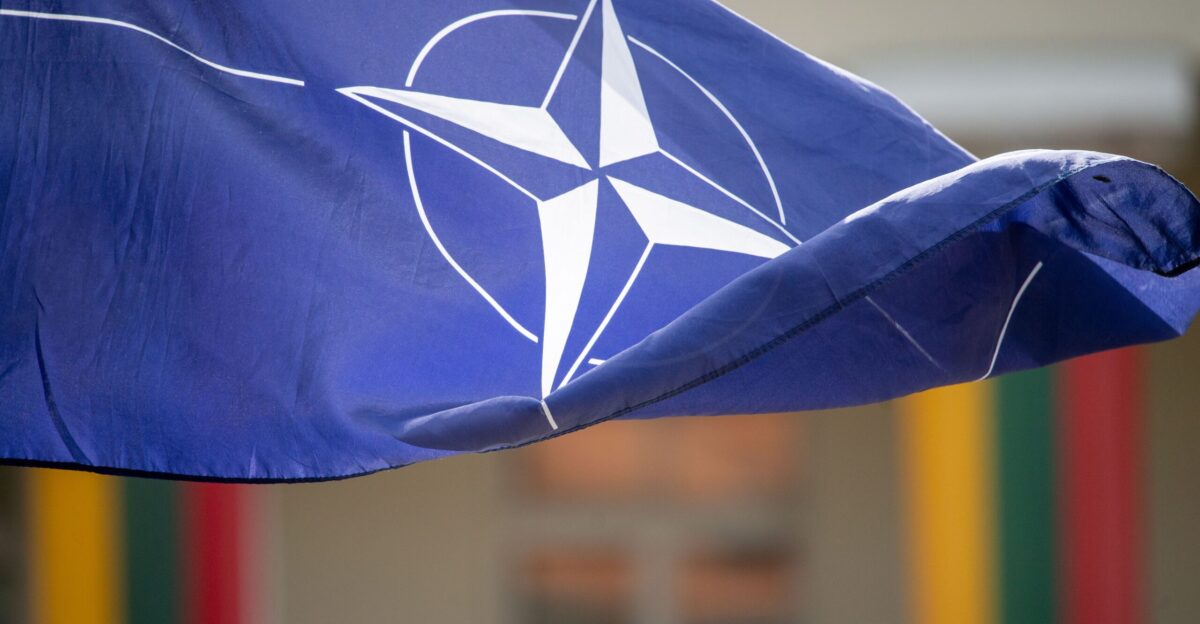
Many observers say Orenburg’s striking of a gas unit is symbolically potent but won’t instantly starve Russia of gas. As a NATO official noted, Ukraine’s strikes have already disrupted roughly 10–15% of Russia’s refining capacity.
The bigger point is psychological: Ukraine has shown that “fewer and fewer” Russian energy sites “are safe from potential strikes”. In other words, the reach itself is a warning shot.
What Comes Next?
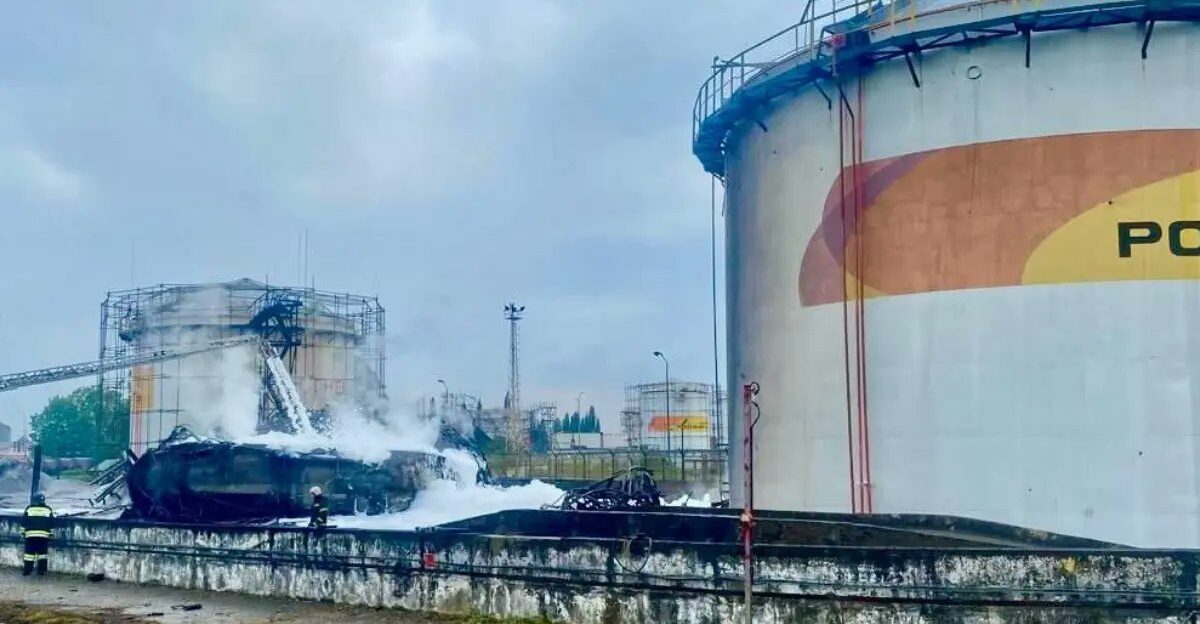
The Orenburg strike raises new questions about escalation. Will Russia boost air defenses around distant pipelines and plants? Could Ukraine one day hit Siberian fields or Chinese-facing facilities?
How will Kazakhstan balance reliance on Russian routes versus its multi-vector diplomacy? These strategic unknowns will shape the energy-security landscape in months to come.
Legal Grey Area
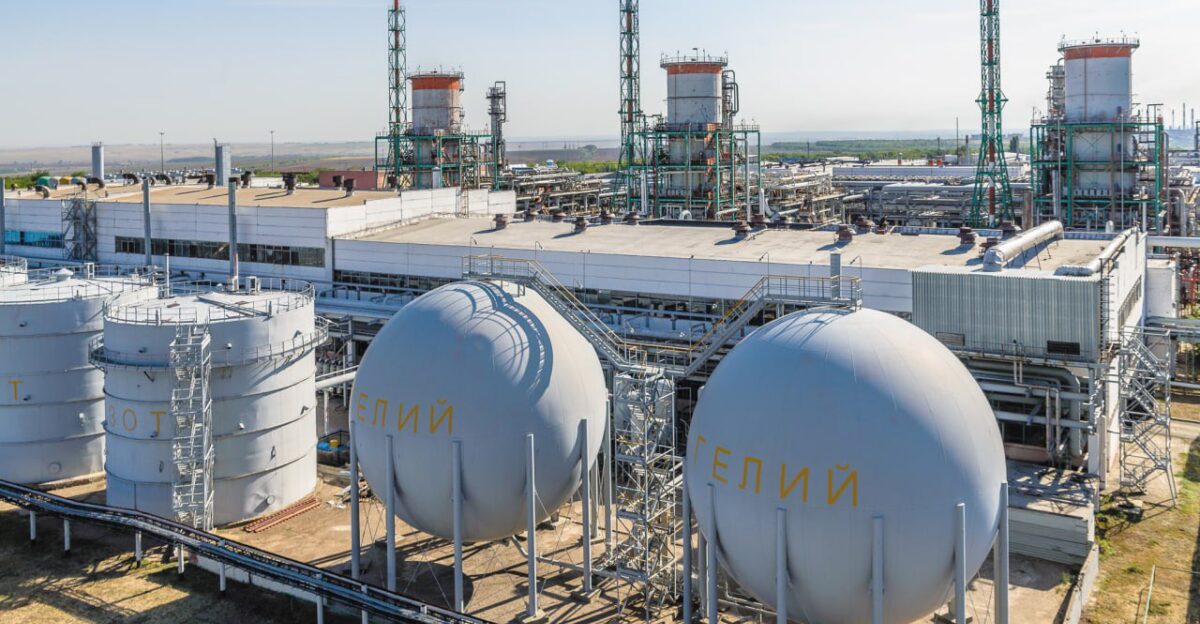
Striking energy infrastructure deep in Russia lies in a legal gray zone. Ukraine argues facilities like Orenburg directly fuel Moscow’s war machine – making them fair targets. Former Deputy General Staff head Ihor Romanenko told Al Jazeera that oil facilities are “legitimate military targets” since “fuel and lubricants are the blood of Russia’s logistical supply”.
Russia, by contrast, condemns such attacks as unlawful. International lawyers remain split on whether far-behind-frontline dual-use plants can be struck.
Kazakhstan’s Balancing Act
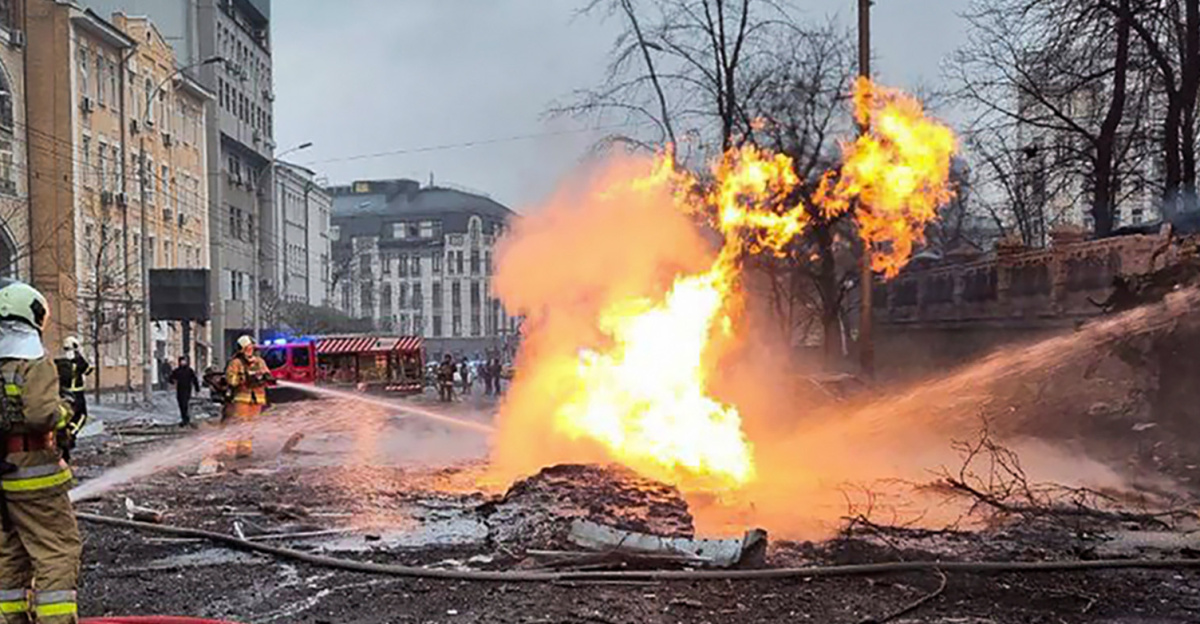
The incident highlighted Kazakhstan’s tightrope walk. Astana depends on Russian pipelines but also courts the West and China. Analysts note Kazakhstan has stayed publicly neutral, issuing no criticism of Ukraine’s strikes.
Yet Nur-Sultan quietly accelerated talks with Europe on alternative routes to ensure future gas transit. Domestically, officials must reassure citizens that Russian cross-border attacks won’t undermine national energy security.
Environmental Toll Unclear
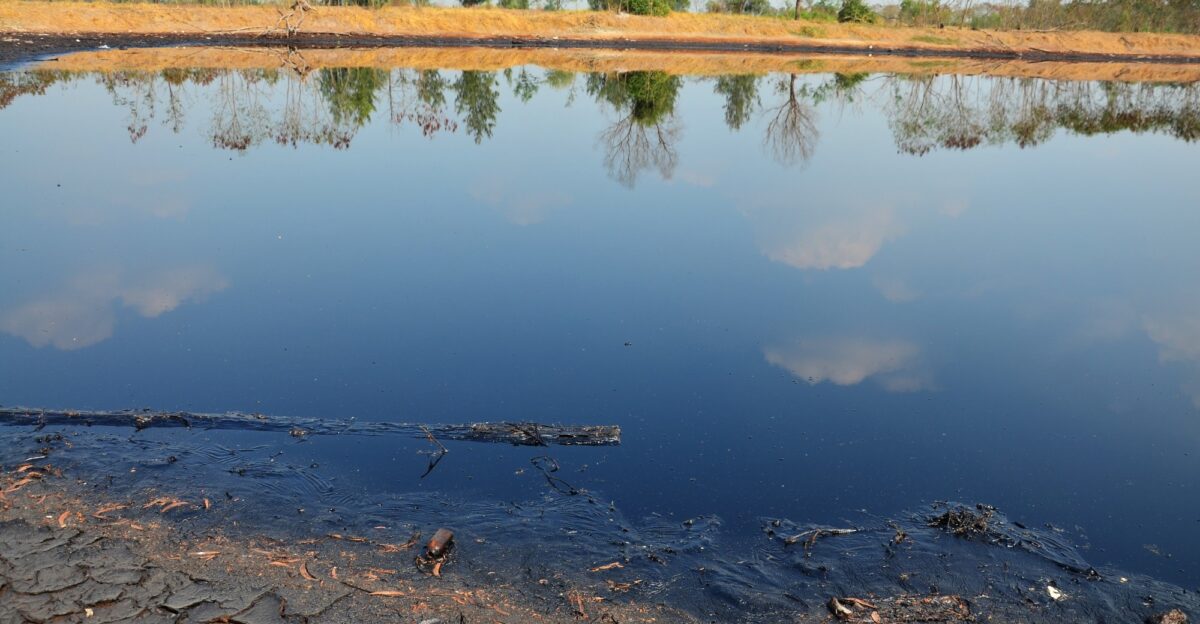
Gas plant fires can produce toxic emissions and risk groundwater contamination, but no data has emerged. Orenburg lies near rural areas, raising concerns about unreported pollution from the blaze. Russian authorities gave no details on monitoring air or water quality after the strike.
As with most wartime infrastructure hits, the long-term environmental and health impacts will likely go unmentioned but could persist for years.
Eroding the Home-Front Shield

This strike also reshapes perceptions inside Russia. For ordinary Russians far from Ukraine’s front, it was a wake-up call: even distant energy hubs are vulnerable. State media now implicitly acknowledge that no facility is completely safe.
This psychological edge – convincing the public that the war can now touch the Russian rear – is part of Ukraine’s broader strategy to bring home the costs of the conflict.
A New Chapter in the Energy War
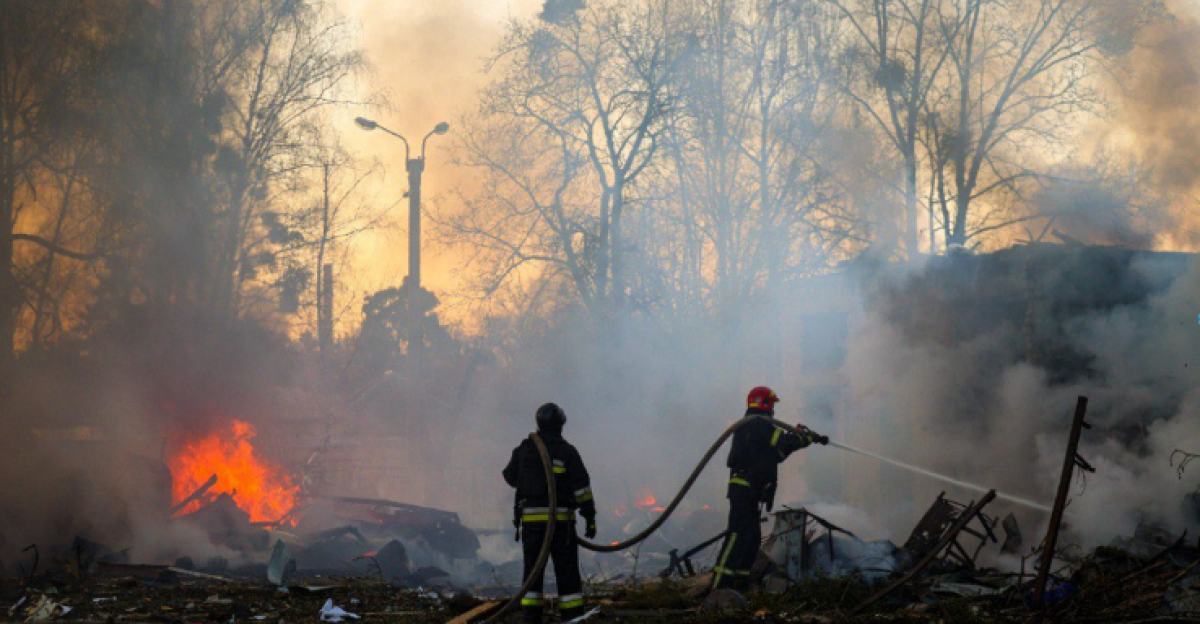
The Orenburg attack signals a new phase of Ukraine’s campaign: one where long-range strikes, cross-border effects and economic warfare converge. The longer-term consequences – from talks over pipelines to market jitters in Europe – are still unfolding.
What’s clear is that future battlefields will include remote infrastructure as much as front lines. In this war, the question is no longer if Ukraine can hit distant targets, but how that changed battlefield will reshape the conflict.